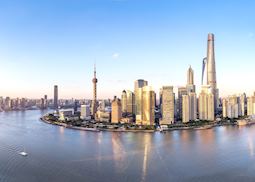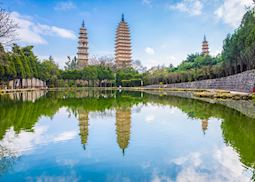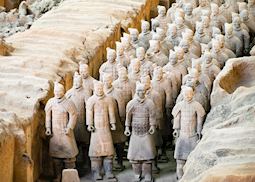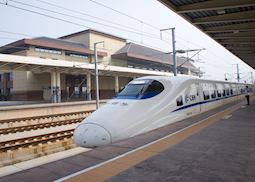
What to do in China: our highlights guide
What to do in China: our highlights guide
Visit China’s Forbidden City and Terracotta Warriors, walk the Great Wall, hike along the Dragon’s Backbone, and meet the native minorities in the Yunnan and Guizhou provinces. China specialist Alice picks her top things to see and do when visiting this vast country.














